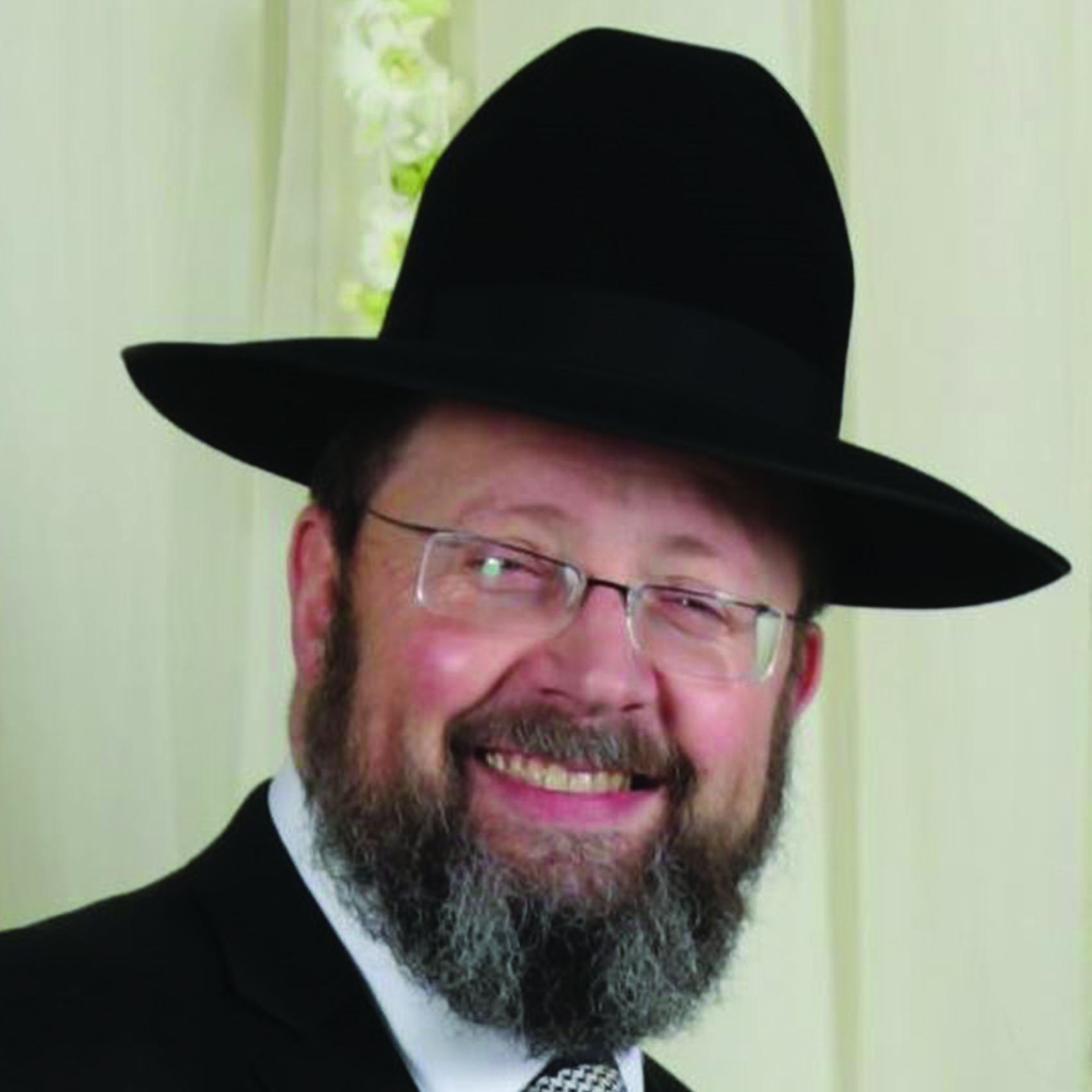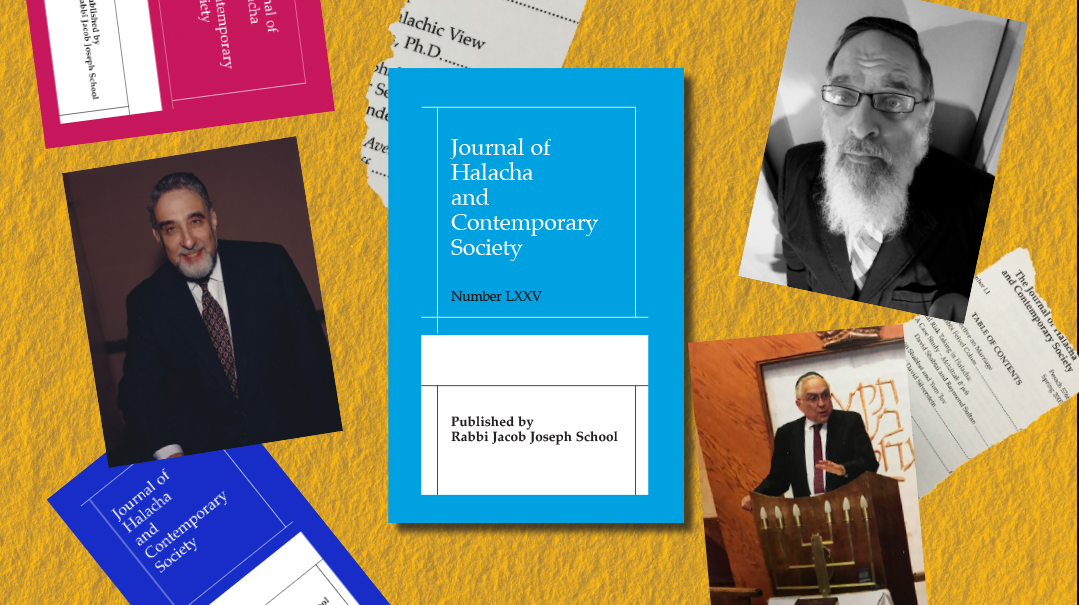Meeting of Minds

Relaunch of the RJJ Journal of Halacha and Contemporary Society

Photos: Personal archives
In the greater academic world, scholarly journals are famous for their strict demands of brevity, clarity and impersonality. They are also infamous for being pretty boring. Hence, the re-launching of an academic, scholarly journal after a two-year hiatus is hardly news that’ll “break the Internet.”
Yet the recent reintroduction of the esteemed RJJ Journal of Halacha and Contemporary Society — a scholarly publication whose issues deal in real time with halachah and its interface with modern-day issues (“Techum Shabbos at the Airport,” “Tevilas Keilim for Electric Appliances,” two examples of hundreds of practical pieces that have been published over the years) — is sure to be greeted by grateful readers who’ve missed the tackling of serious topics in a sophisticated and analytical manner, yet with a certain geshmak.
Readers for over three decades have been inspired to see how the Torah’s laws, which ostensibly deal with “goring cows” and other arcane subjects, serve as a cogent blueprint for tangible, current situations. The applied reality of halachah to real-life circumstances as the very fabric of our lives — a demonstrable, “ki heim chayeinu v’orech yameinu” — is not some incidental feature of the RJJ Journal; it is, by design, the very objective of the Journal from the get-go.
Some 35 years ago, Rabbi Alfred (Avraham) Cohen, a mesivta rebbi in MTA and rav of Congregation Oheiv Yisrael in Monsey, was talking to his friend, Dr. Marvin Schick a”h, a tireless askan in Jewish communal initiatives and especially in Jewish education, who considered his efforts a shelichus of his rebbi, Rav Aharon Kotler. Rabbi Cohen was bemoaning the fact that most American Jews lacked an appreciation of the profundity of the Torah logic and its modern-day application.
Dr. Schick, ever the man of action and president of the Rabbi Jacob Joseph yeshivah (RJJ) network (at the behest of Mr. Irving Bunim, he took the reins of the floundering mosad and restructured it to include a pair of elementary schools in Staten Island and a mesivta and beis medrash in Edison, New Jersey), offered to fund the publication of a halachic journal in English if Rabbi Cohen would edit it.
As a landsman from Monsey and one-time neighbor of Congregation Ohaiv Yisrael, I had frequently davened in Rabbi Cohen’s shul. Like the many other kollel yungeleit who began their married life in a row of apartments that abut the shul, I greatly enjoyed the Rav’s frequent halachic derashos. Clean-shaven, with a wry sense of humor, Rabbi Cohen didn’t necessarily fit into the narrow profile of the type of talmid chacham we yungeleit were used to, but we soon learned to expand our horizons. His shiurim were like the journal itself — halachically relevant, spanning a wide variety of topics, erudite, entertaining and to the point. In fact, everything about Rabbi Cohen is driven by a no-nonsense approach to unadulterated truth, including his sense of humor, which gives expression to the aphorism, “Humor is what happens when we’re told the truth quicker than we’re used to.”
Rabbi Cohen remembers how Dr. Schick, who passed away last spring, jumped onto the idea of presenting an English-language journal to demonstrate the wisdom of the Torah as it applies to real times.
“He assumed the responsibility to fund it, and he did so for some 35 years until a few years ago when I retired,” says Rabbi Cohen. “We published semi-annually, so that would come to more than 70 journals we partnered on.”
After Rabbi Cohen retired, his son Rabbi Dovid Cohen, rabbinical coordinator for the CRC in Chicago, assumed the editorship for several years, but when time constraints did not allow him to continue, the journal ceased publishing. After Dr. Schick passed away, however, his family was interested in reviving the magazine. They put together a team of editors, headed by Rabbi Benzion Sommerfeld, himself a veteran talmid of RJJ’s yeshivah gedolah in Edison and described by RJJ rosh yeshivah Rav Yosef Eichenstein as “a tremendous talmid chacham whose erudition and clarity of thought in all areas of Torah are unusually impressive.”
(Rabbi Yaakov Feit, well-known for his published halachic articles, and Rabbi Aviyam Levinson, who came on board on recommendation of Rav Aharon Lopiansky, are serving as managing editors.)
Oops! We could not locate your form.







